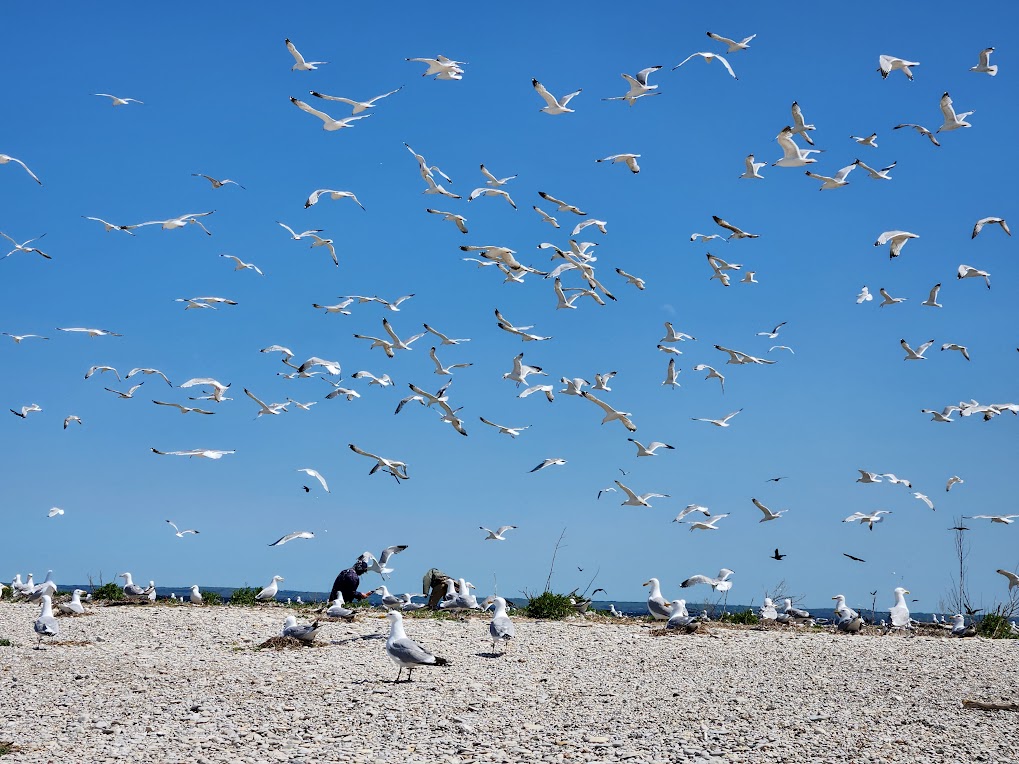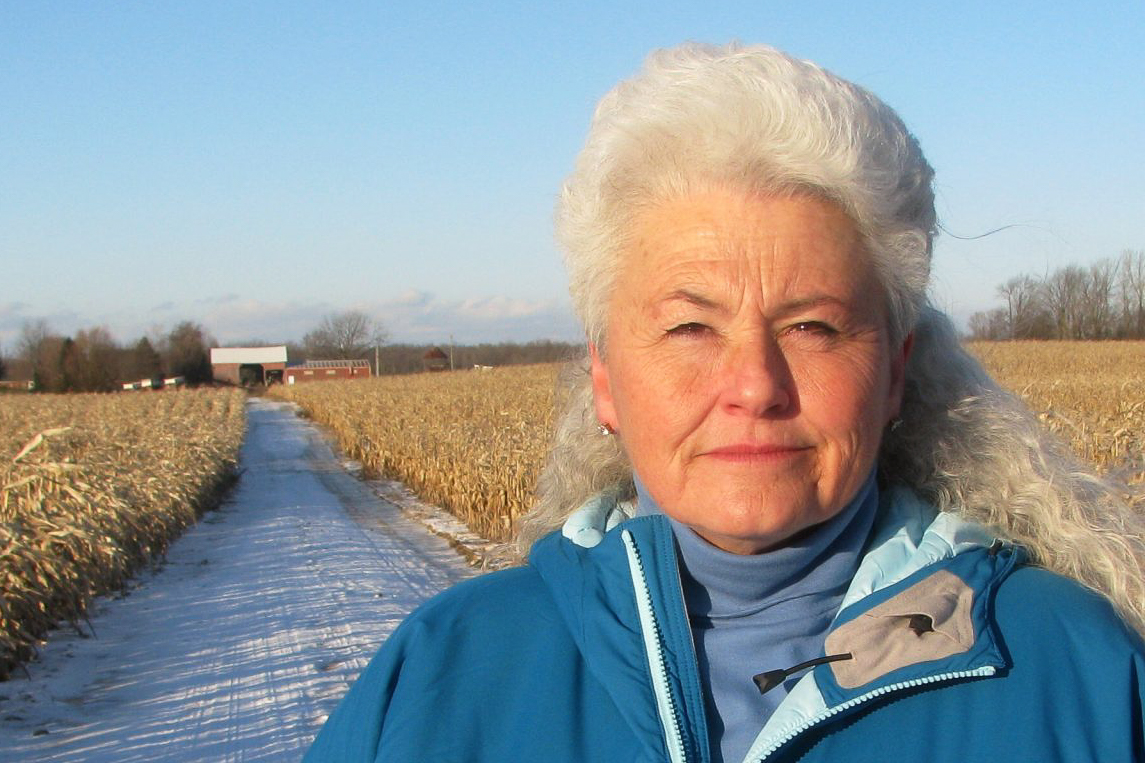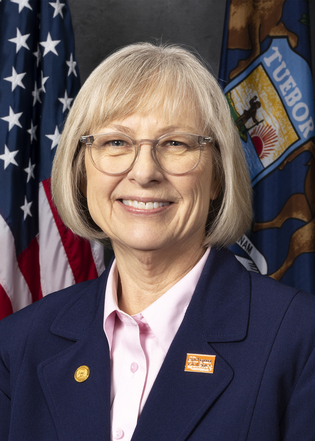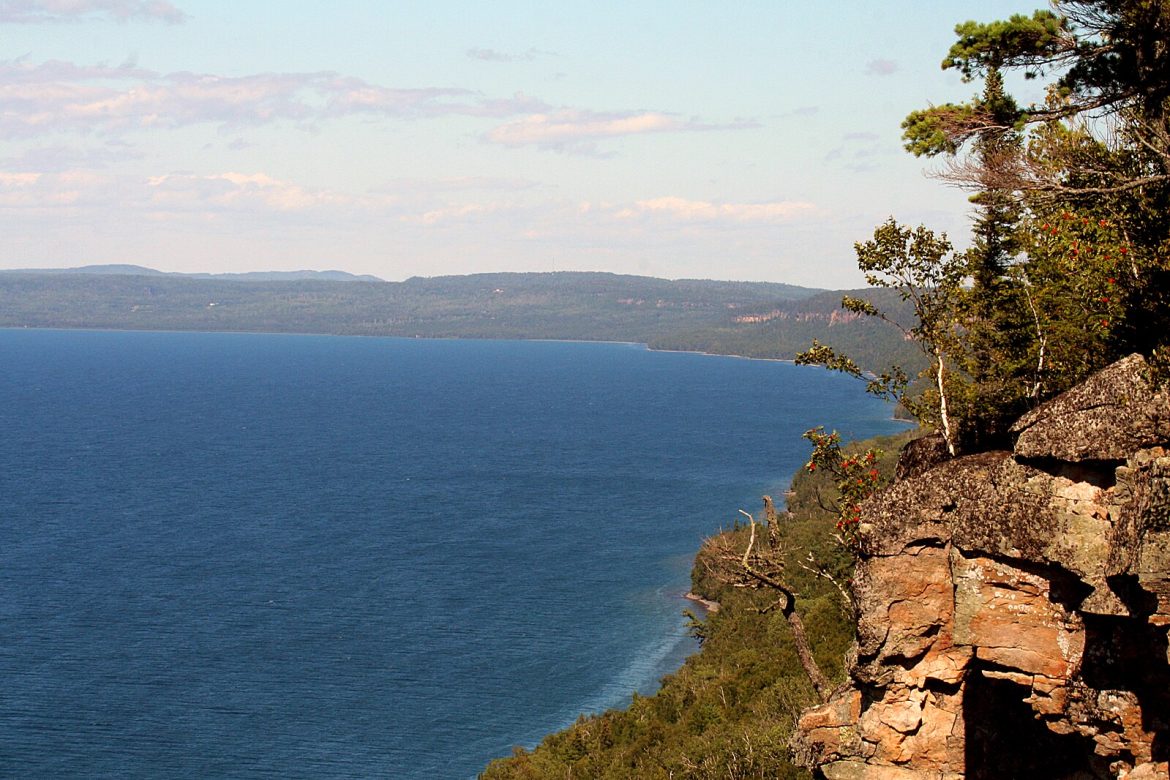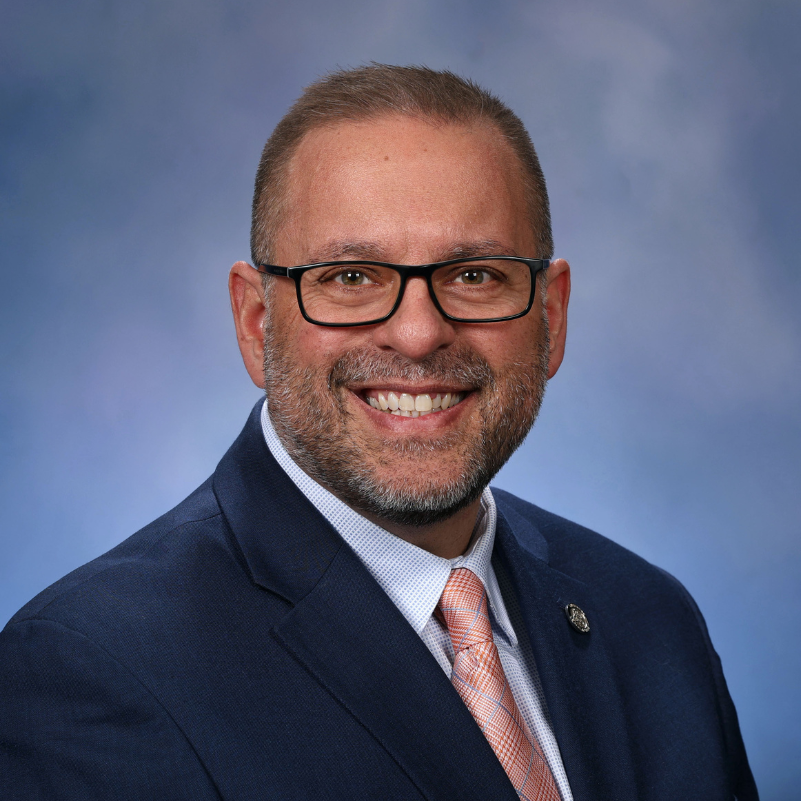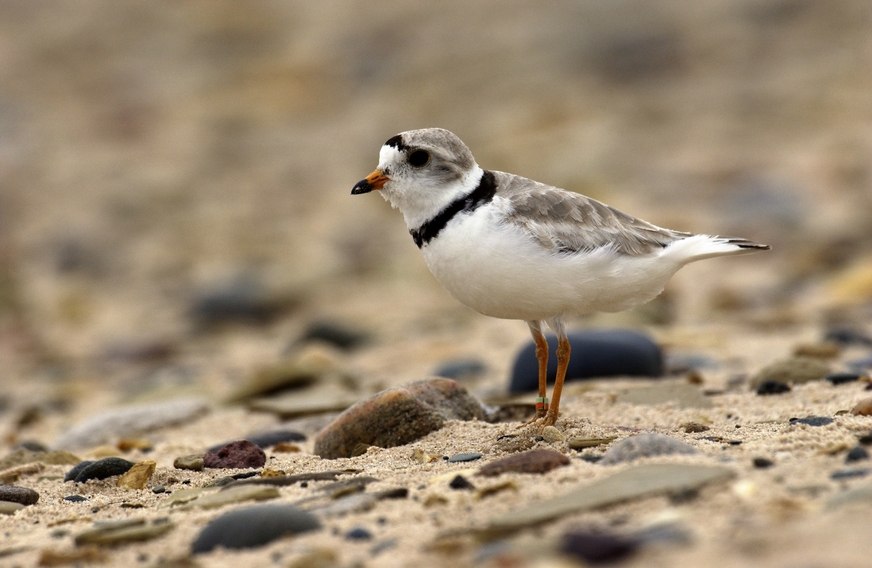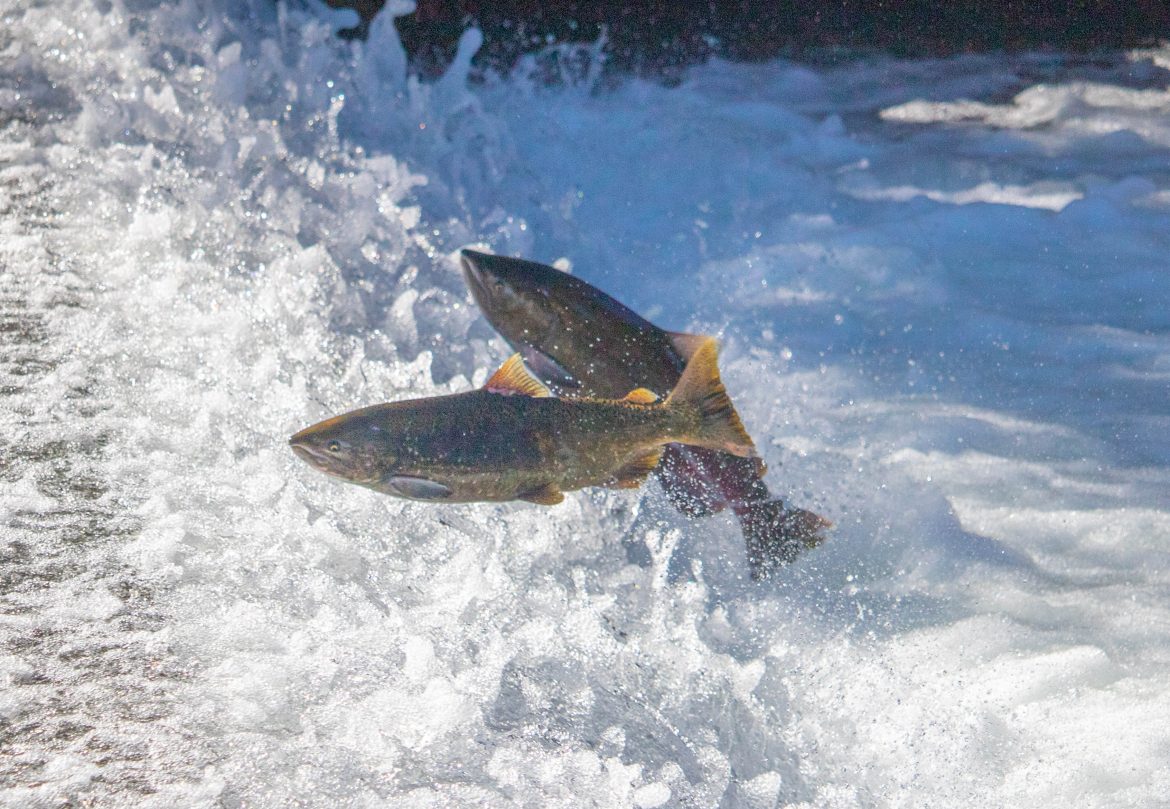Water
Great Lakes water bird health suffers at polluted sites despite cleanup efforts
|
By Joshua Kim
Despite decades-long efforts to clean up toxic hot spots along Michigan’s Great Lakes shores, a recent study shows that the health of water birds in some areas continues to suffer.
Researchers examined ten years of data on fish-eating birds living near Saginaw Bay, the River Raisin, and Grand Traverse Bay.
